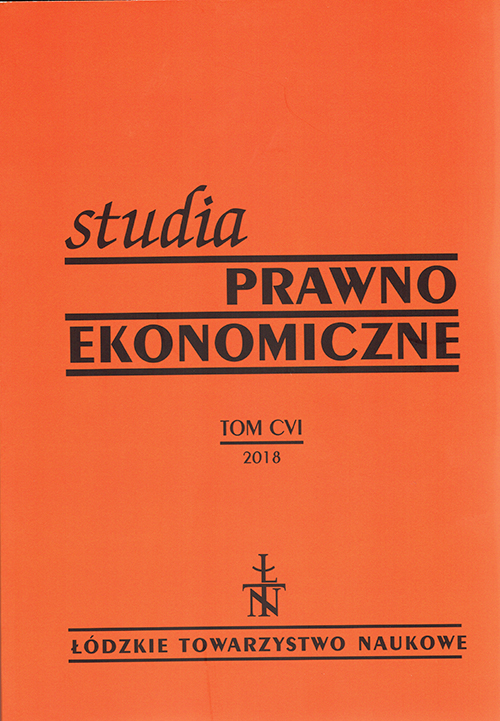Nierówności a rozwój społeczno‑gospodarczy w krajach Unii Europejskiej – badanie zróżnicowania wyników w zależności od użytych metod pomiaru rozwoju
Inequalities and Socio‑Economic Development in EU Countries – Differences in Results Caused by Using Different Measures of Development
Author(s): Agnieszka WitońSubject(s): Social Sciences, Economy
Published by: Łódzkie Towarzystwo Naukowe
Keywords: alternative measures of development; EU member countries; income inequalities; Kuznets’ hypothesis
Summary/Abstract: A stable, though not uninterrupted socio‑economic development could be observed in European Union in recent years. However, this process was not accompanied by a corresponding decrease in income inequalities in half of the countries. The main goal of the article was to present and compare the level of inequalities and socio‑economic development in member countries. What is more, the research aimed to analyze the relationship between these two phenomena using various development (GDP per capita, Human Development Index, Happy Planet Index) and inequalities (GINI, share of income held by top 20%, share of income held by top and bottom 20% ratio) measures. The correlation analysis shows a weak, negative relationship between the phenomena, which is in agreement with the Kuznets’ hypothesis. However, the fixed‑effects models show that the HPI doesn’t explain the variance of inequalities in EU. GDP per capita and HDI provide similar, fairly good fit of the models. Considering this result, the alternative measure (HDI) has no advantage over the traditional one (GDP per capita) when analyzing the relationship with income inequalities.
Journal: Studia Prawno-Ekonomiczne
- Issue Year: 2018
- Issue No: 106
- Page Range: 337-353
- Page Count: 17
- Language: Polish

